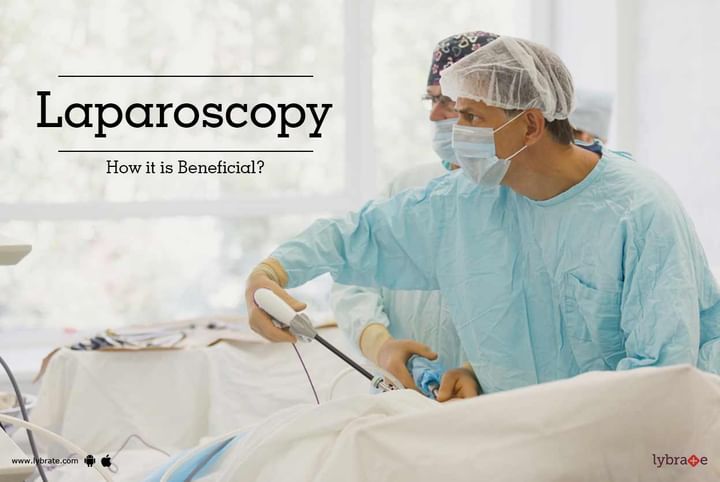Laparoscopy - How it is Beneficial?
Diagnostic laparoscopy is a surgical process for examining different kinds of organs present in the abdomen. It is a low-risk and minimally invasive process in which just a small incision is made. This allows the doctor to evaluate the conditions of your abdominal organs without opting for an open surgery. It’s mostly performed when the patient complains of pain in the pelvic region and when other assessing methods have failed to detect the reason behind the pain and discomfort.
How is laparoscopy done?
The laparoscope is a slim and well-lit telescope that allows your doctor to evaluate the conditions of various organs in your body. It can help in determining whether there is any instance of fibroid or endometriosis. It can help in performing a variety of surgeries like removal of ovarian cysts, hysterectomy and tubal ligation. This surgery involves much lesser healing time compared to other elaborate surgeries.
Why should you go for laparoscopy?
Your gynaecologist may recommend you to get a laparoscopy for a treatment or for diagnosis. It is mostly performed due to unexplained pelvic ache, infertility and a history of pelvic infection. Laparoscopy is also performed for the diagnosis of conditions such as uterine fibroids, ovarian cysts, endometriosis, pelvic pus or abscess, ectopic pregnancy, painful scar, inflammatory disease in the pelvic region and reproductive cancers.
How to prepare for gynaecological laparoscopy?
Your gynaecologist would ask you to prepare for the laparoscopy test on the basis of the type of surgery. Your doctor would ask you about the medication you take, which would include health supplements and over-the-counter medications and in certain cases you may have to stop certain medications. This process is performed under anaesthesia and you would be able to go home on the same day. The following process depends on the type of process. The diagnosis process is completed faster than the surgical process in which an incision is required to be made. The instrument would be inserted through the incision and then the surgery is executed by inserting the laparoscope tool. Once the process is completed, all the tools are removed from the body and the incision would be closed with stitches and the affected area would be bandaged.
In recent times, the laparoscopic process has advanced to a great extent and robotic surgery is often used for performing the surgical process. This is because it has been proven that robotic hands are steadier than human hands and can perform fine manipulations effortlessly. If you wish to discuss about any specific problem, you can consult a gynaecologist and ask a free question.



+1.svg)
